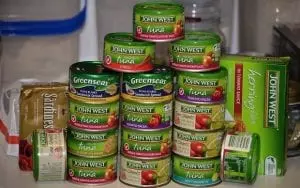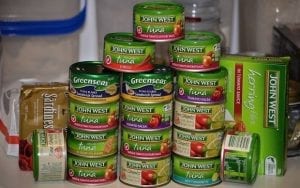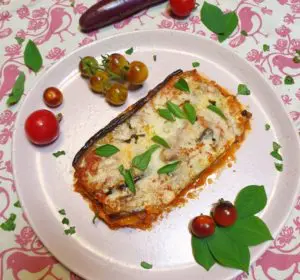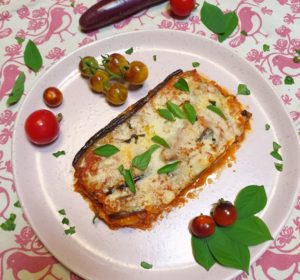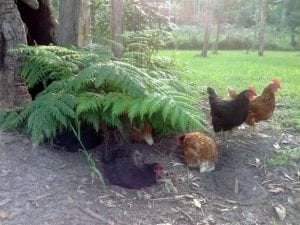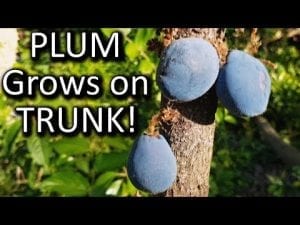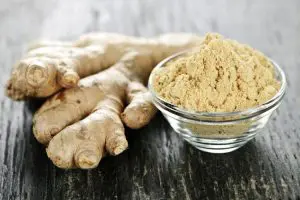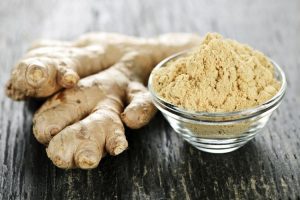Meet celtuce- one of the most versatile, tasty, useful, yet least-known vegetables. Celtuce (lactuca sativa var. asparagina) is a form of lettuce which is effectively dual-purpose; the leaves can be eaten as lettuce, and the thick stem as a type of celery. This unusual edible will grow in a variety of climates, suffers minimal pest damage & puts a lot of food on the table…what’s not to love?
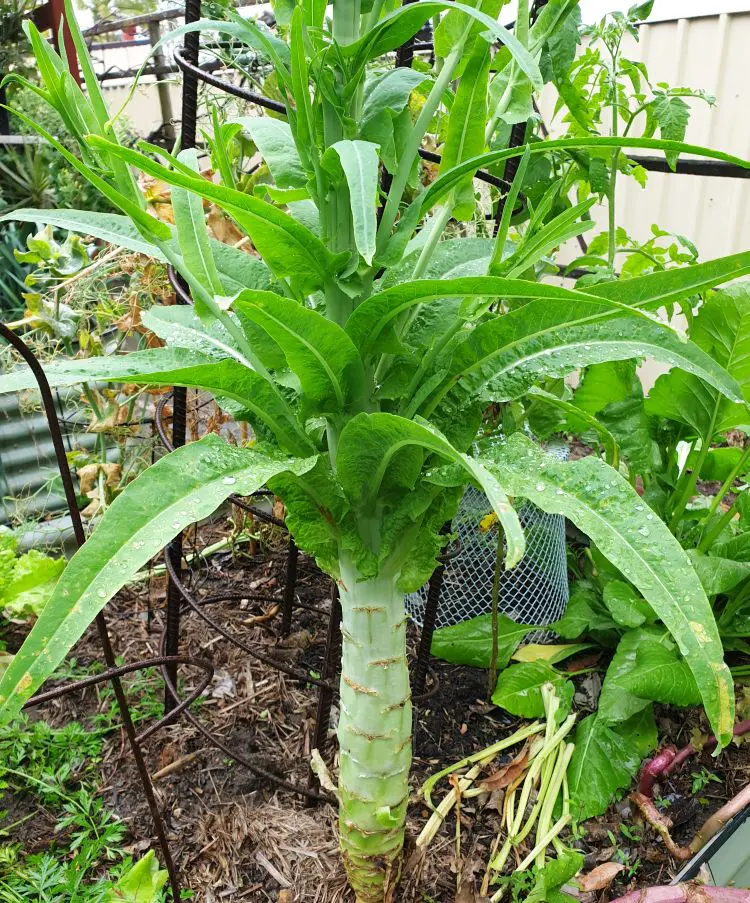
Celtuce is thought to have originated in the Mediterranean then made its way via trade to China during the Tang Dynasty between 600 and 900 A.D. Despite this, celtuce is now best known in traditional Chinese cuisine, yet in the Western world it remains a little-known & thus under-utilised food plant.
Celtuce In a Nutshell
Just like lettuce, celtuce prefers a cool growing season, so it does well in subtropical winter and temperate spring. For several months you’ll be able to pick the leaves off and eat them as you would lettuce. As the season progresses and the weather warms up, the plant begins to mature. You’ll notice the leaves take on a matte appearance, the central stalk grows taller & thickens, and it will start to flower. At this time you’ll be able to harvest & use the stem as a vegetable. The stem can be eaten raw or cooked, and has a unique flavour that I describe as ‘nutty celery’.

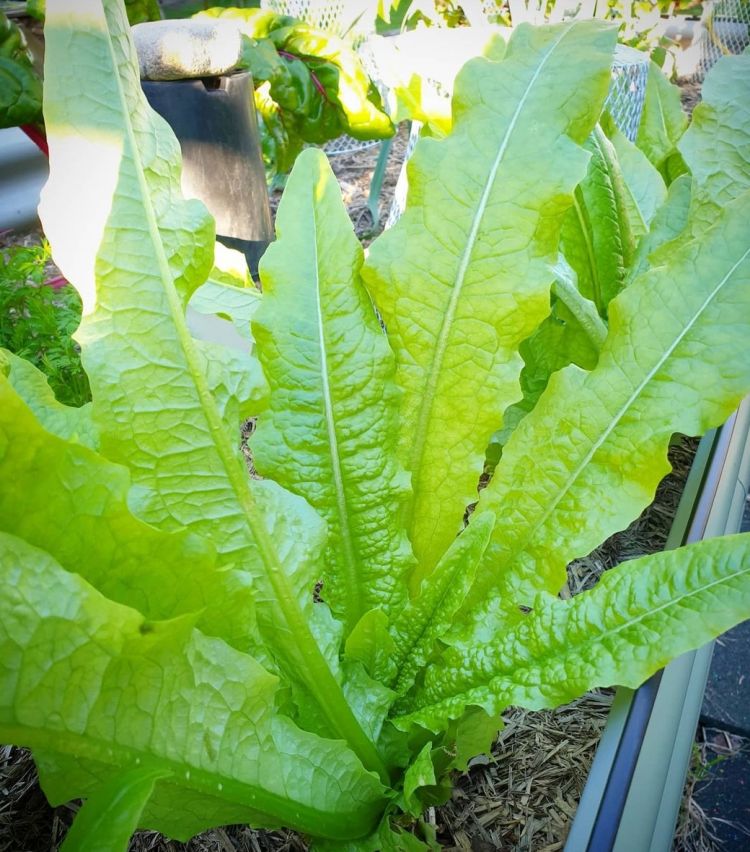
Celtuce in Detail
Celtuce is a variety of lettuce, albeit a unique one. It is also called Chinese lettuce, stem lettuce, asparagus lettuce, wosun and woju. This is a hardy annual vegetable with a unique ‘two-phase’ life cycle.
During the initial few months of growth celtuce develops long slim leaves which can be picked and eaten just like any cut-and-come-again lettuce. The plant grows taller as it matures, and develops a central stem which thickens as the plant ages (see below pic). The lower leaves stop growing, and the upper leaves take on a darker colour and become flat & matte rather than curly & lustrous- you can see the progression in the photo below.

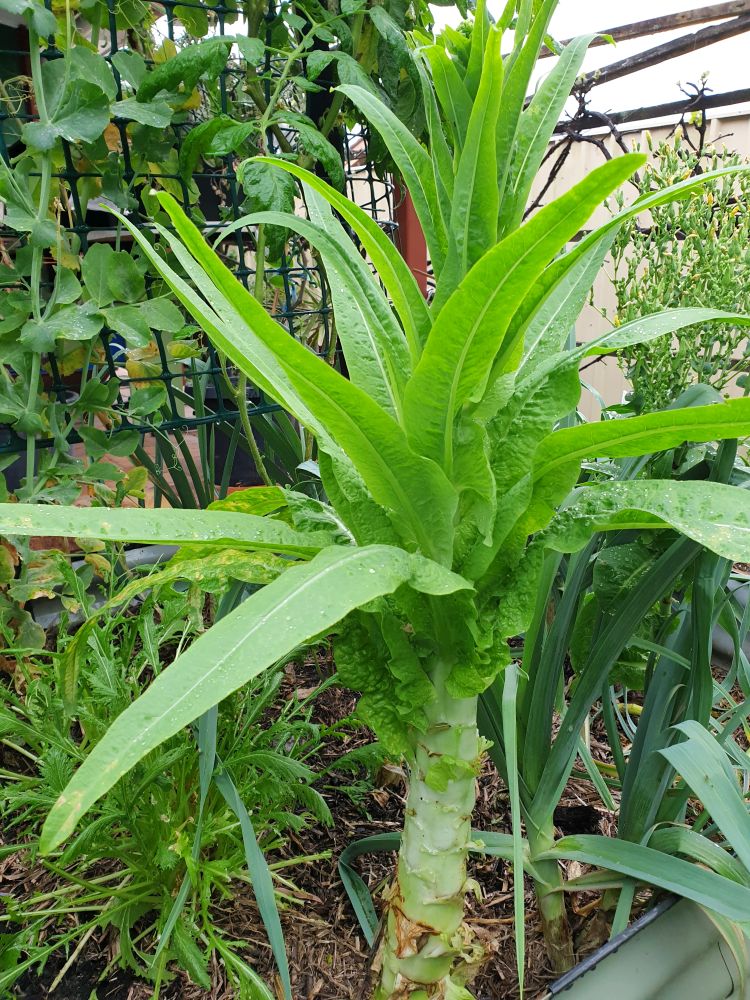
The beginnings of a central flower stalk will appear, and the plant will grow considerably taller. The stem will thicken, at which time it can be eaten raw or cooked. Mature celtuce leaves can be eaten (chickens love them!), but they may be bitter so are not considered the best part of the vegetable.

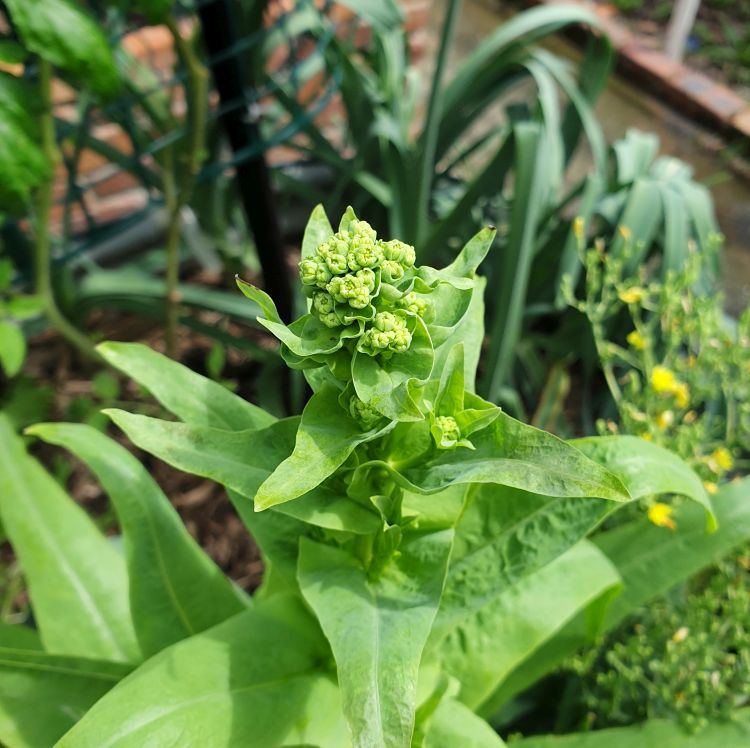
Planting & Growing Celtuce
Celtuce likes cool growing conditions and tolerates light frost. It is easily grown from seed. The seed germinates best within a temperature range of 1-15C (35-60F), but as long as you have a daytime temperature under 23 degrees (C) or so you’ll get adequate germination. In subtropical south-east QLD, I sow celtuce in late March-mid April, pick the leaves through winter then harvest the stems throughout calendar spring.
Just like any other lettuce, celtuce will do best in a soil that is high in nitrogen & organic matter. It likes regular deep watering and full sun or part shade. Seeds can be sown directly or transplanted as seedlings. Plants should be spaced 30 cm apart, as they really do spread widthways. I have found that celtuce seedlings can be slow to get going, but don’t let that fool you: this is a substantial food plant!

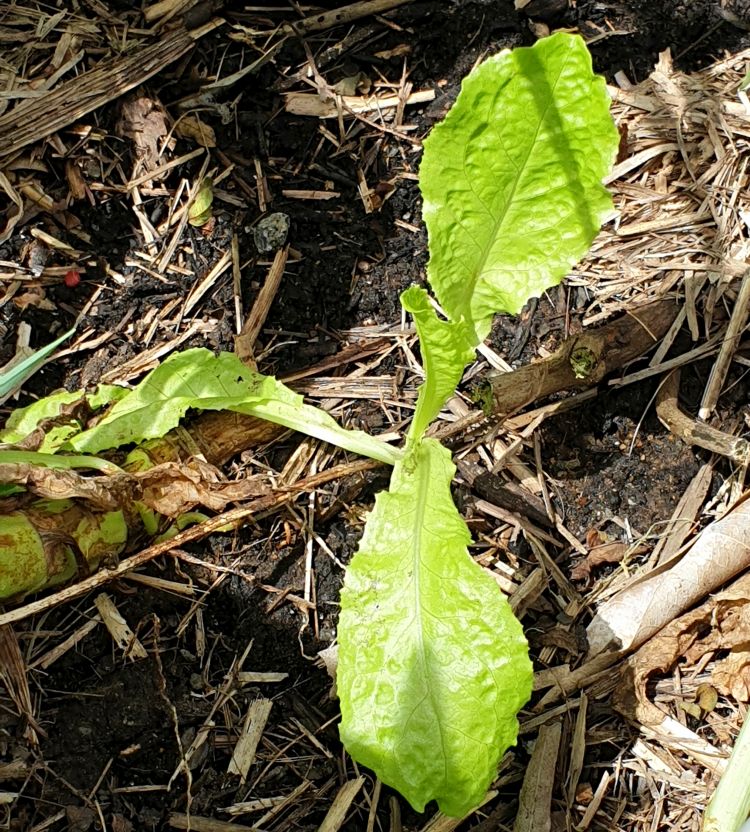
Celtuce generally suffers little pest damage. You may get the odd aphid or slug, but if the soil is kept healthy and the plant has enough sun and air circulation around it, you should have little trouble.
How to Use Celtuce
I don’t think I need to tell you how to eat lettuce leaves; but eating celtuce stem may yet be a new adventure for you. The stem can be eaten raw or cooked, and needs to be peeled first. The texture is crisp like that of a water chestnut or broccoli stalk, and I would describe its unique taste as ‘nutty celery’. Once the stems have thickened, don’t leave them too long before harvesting or they can go woody (i.e. tough/ fibrous & unpleasant to eat).

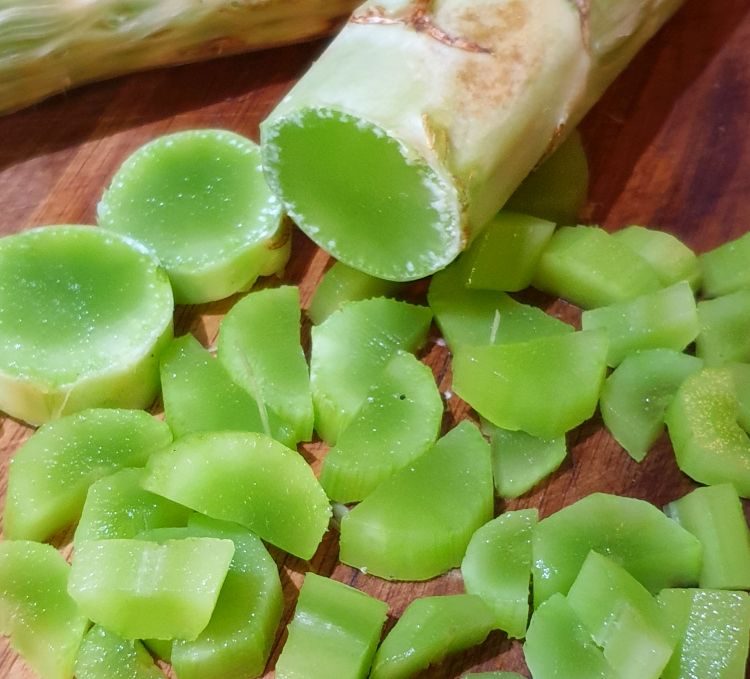

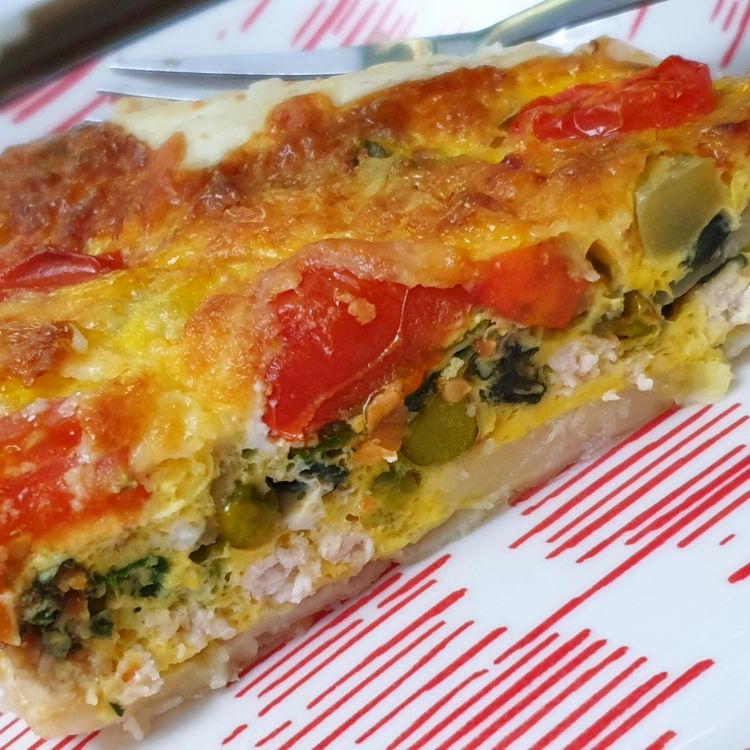
Celtuce stem is easy to peel with a standard vegetable peeler. The interior is pale green and very firm, and chops up just like most other vegetables. It can be sliced thinly & eaten raw in salads, juiced into a drink, pickled, steamed, grilled or roasted. Unsurprisingly, the flavour of celtuce matches Chinese food nicely, but it also blends well with Mediterranean ingredients like walnuts, lemon, and olive oil.

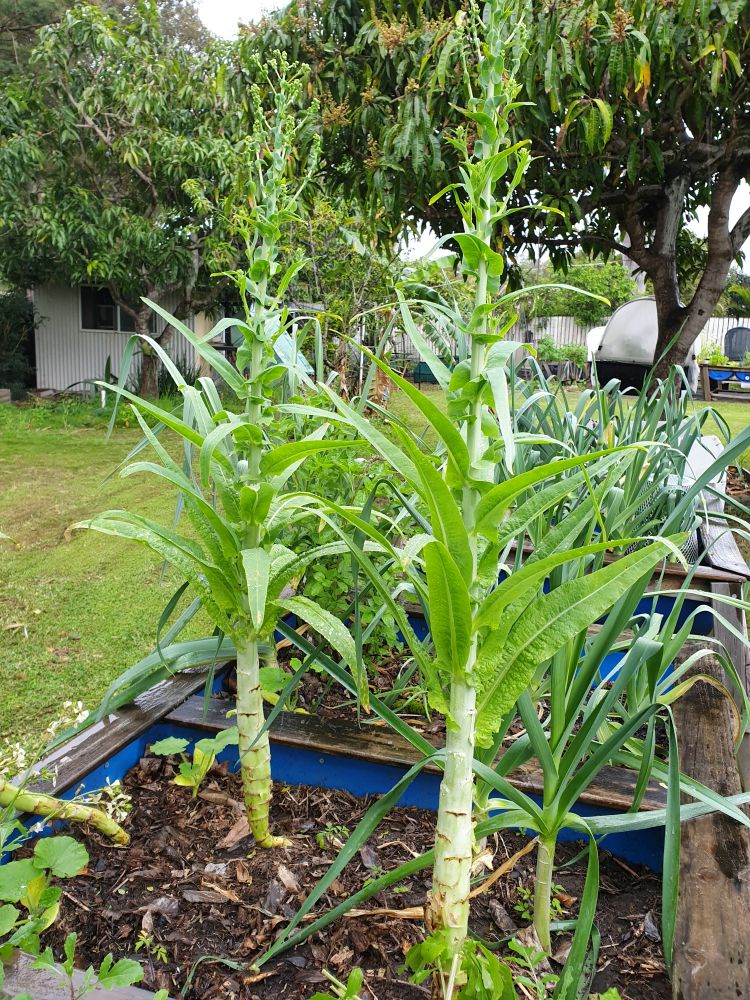
Propagation
It’s easy to propagate your own celtuce plants for next season by saving the seed. The medium-sized solid black seeds are easy to see and handle, and will be produced in their hundreds after the plant flowers. Always store seed in a sealed envelope in a cool dry place, and don’t forget to label them!
If you like growing unusual vegetables, why not give celtuce a try. Seed is easy to find online and this is a great green vegetable for beginners and experienced gardeners alike!

